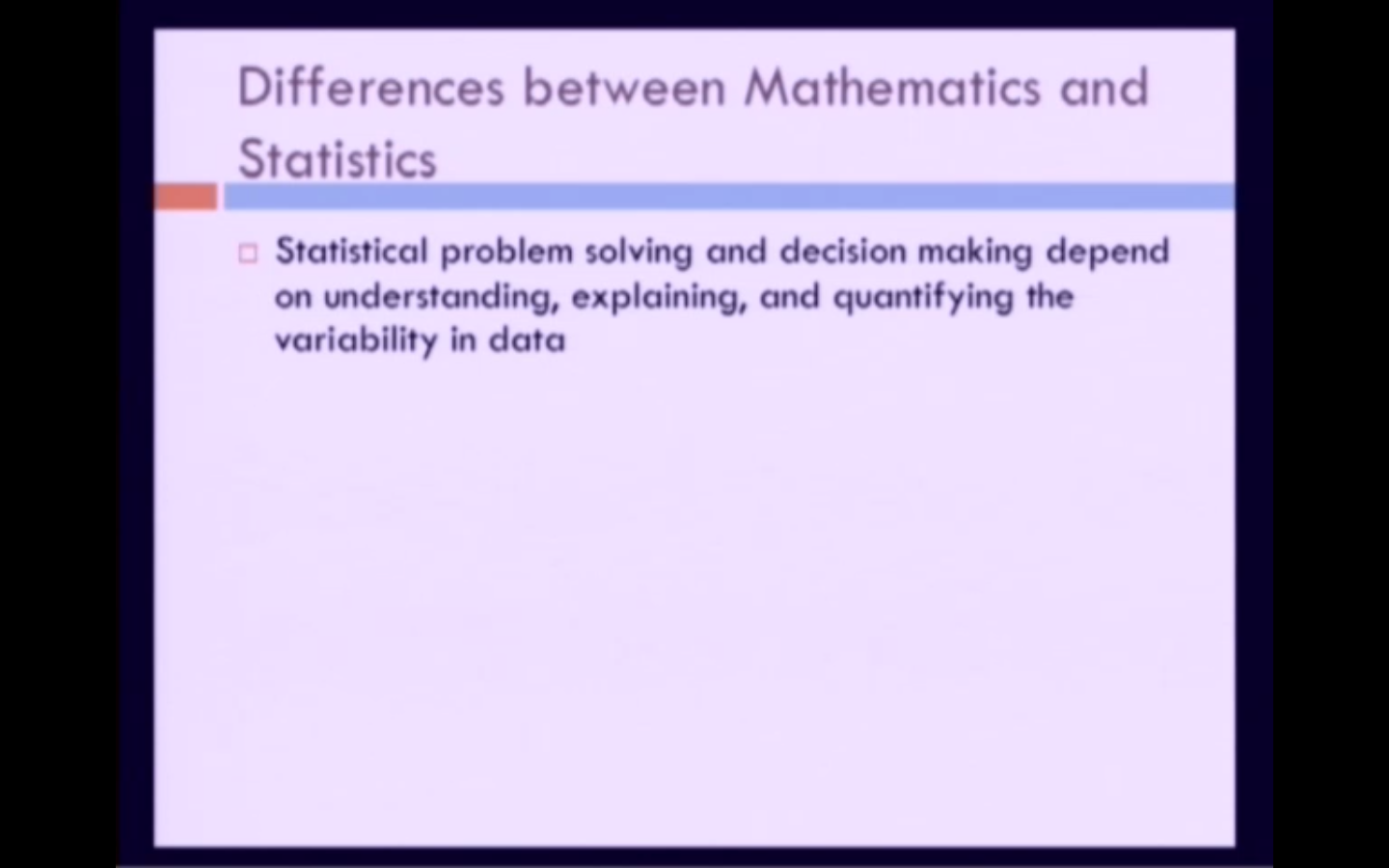Mathematical Education of Teachers: SET - Statistics Education for Teachers
Presenter
March 27, 2014
Keywords:
- mathematical policy
MSC:
- 97C70
- 97B20
- 97-xx
Abstract
The recently adopted Common Core State Standards for Mathematics (CCSSM) place a large emphasis on statistics in the middle- and high-school grades. In light of these increased expectations of delivering conceptually based statistical content at K–12, the Conference Board of the Mathematical Sciences (CBMS) identified the statistical preparation of teachers as an area of concern in their recent document, Mathematics Education of Teachers II (MET II). Despite the increased attention statistics is receiving in national and state standards, research suggests teachers are not likely to be adequately prepared to teach statistics at the level suggested in the American Statistical Association’s Pre-K–12 Guidelines for Assessment and Instruction in Statistics Education (GAISE) Framework or the CCSSM.
The CBMS MET I and MET II documents emphasize the need for teacher preparation in statistics; however, the documents’ primary focus is the mathematics education of teachers. The Joint ASA-NCTM Committee thought there was a critical need for a companion document, titled Statistics Education of Teachers (SET). This report, due out at the end of 2014, builds on the following:
Existing K–12 statistics standards and guidelines (Pre-K–12 GAISE Framework, NCTM Standards, and Common Core State Standards in Mathematics)
Relevant research results from the studies of teaching and learning statistics
Data on assessment items used in large-scale and high-stakes tests and the work of the NSF-funded LOCUS project (the assessment piece of the Pre-K–12 GAISE Framework)
Experiences of teacher preparation institutions that are recognized leaders in the statistical preparation of K–12 teachers
The document makes recommendations for teacher preparation in statistics at the elementary, middle, and high school levels. Specific content is discussed in the report as well as problems and tasks illustrating the content are provided. The report also makes an effort to discuss the logistics of how to implement such recommendation within preservice teacher programs and inservice professional development.
